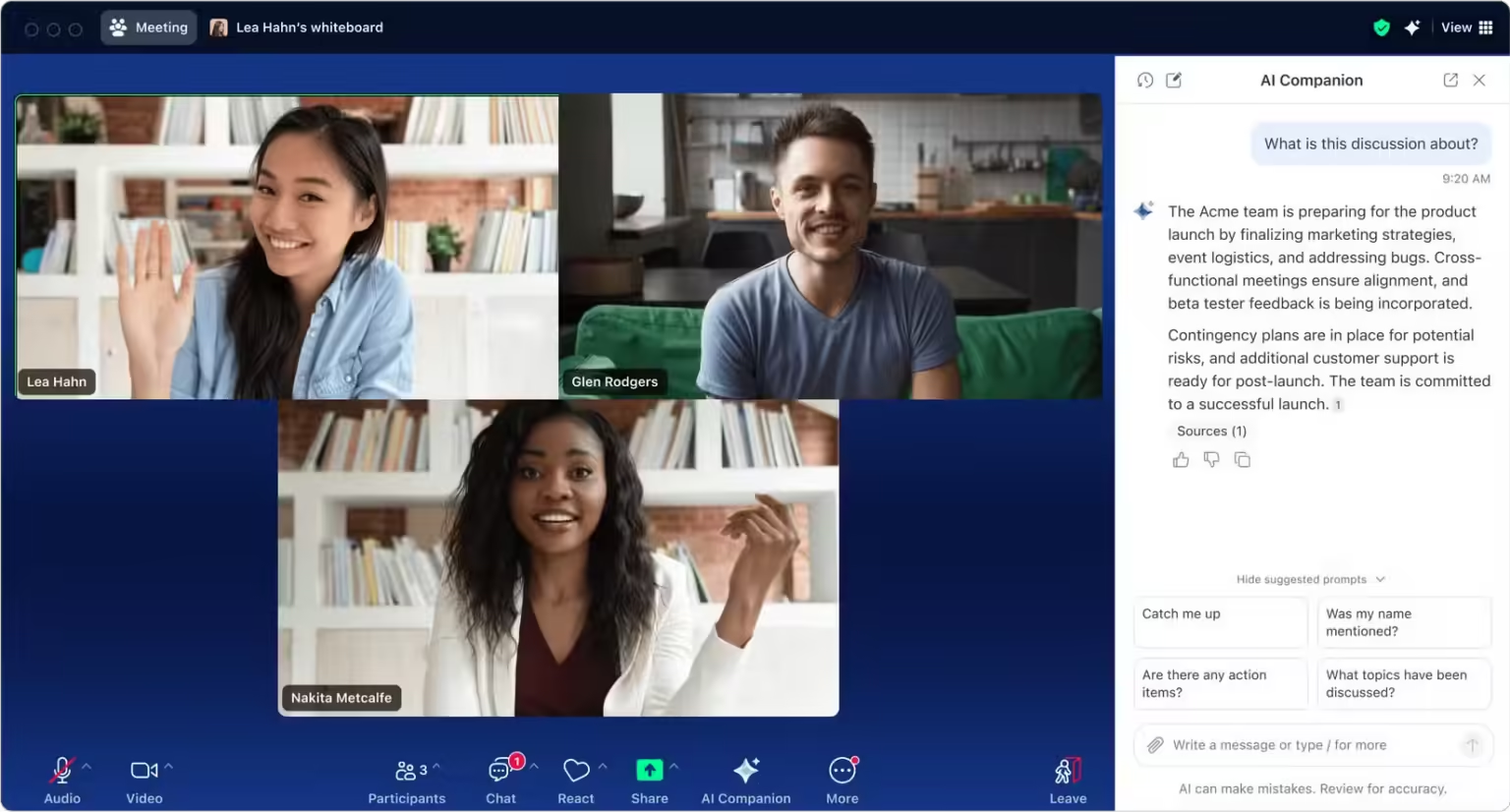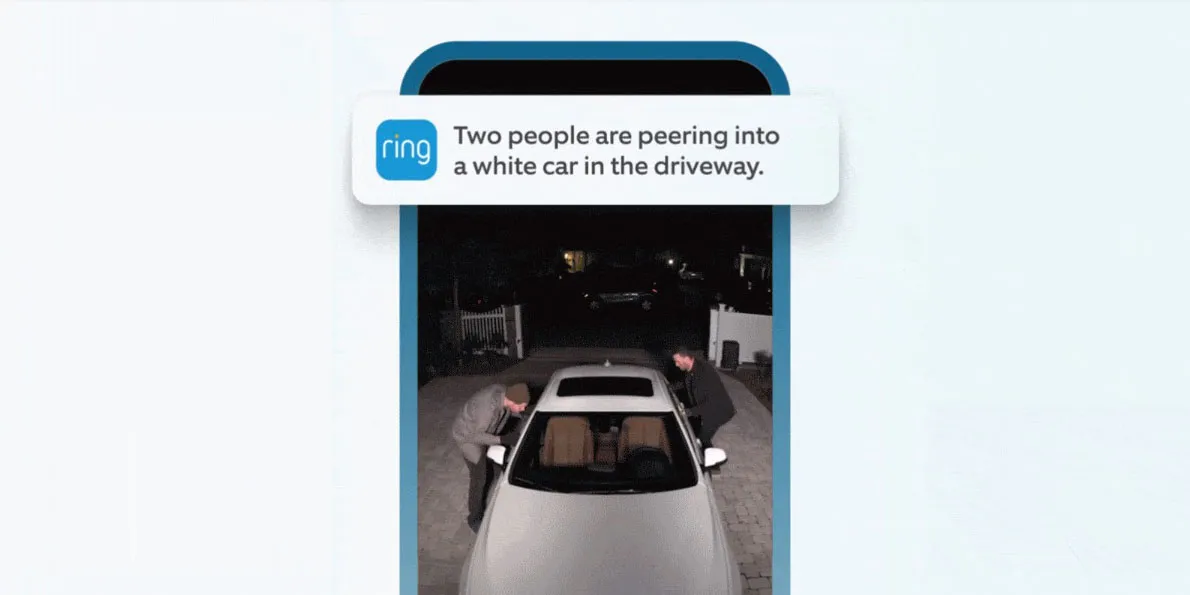Zoom’s latest AI-powered feature is tackling the age-old problem of unproductive meetings. The newly launched AI Companion 2.0 acts as a virtual assistant, capable of summarizing key information from meetings, chats, and even integrated applications like Microsoft Outlook and Google Calendar. This upgrade promises to streamline workflows and boost efficiency within the Zoom platform.
Beyond Video Calls: Zoom’s Evolution
While Zoom is widely known for its video conferencing capabilities, the company has been expanding its horizons. Earlier this year, Zoom introduced Zoom Workplace, an AI-powered collaboration platform designed to integrate various productivity tools. This platform includes Zoom Meetings, Zoom Team Chat, Zoom Docs, and Zoom Mail, all of which can now be accessed and summarized by the AI Companion 2.0.
AI Companion 2.0: A Significant Upgrade
Building on the foundation of its predecessor, AI Companion 2.0 offers a range of advanced features:
- Real-time Meeting Interaction: Ask the AI Companion to clarify meeting topics or provide quick research on the fly.
- Catch Up on Missed Information: Get summaries of meetings you missed or need to revisit.
- Identify Action Items: The AI Companion can pinpoint action items from meetings and chats, ensuring nothing gets overlooked.
- Document Summarization and Generation: Use the AI Companion to summarize complex documents within Zoom Docs or generate outlines and itineraries.
Fostering Connection or Enabling Avoidance?
Zoom emphasizes that AI Companion 2.0 is designed to enhance human connection, not replace it. By automating tasks and providing concise summaries, the AI Companion frees up time for more meaningful interactions and thoughtful communication. However, the potential for this feature to enable meeting avoidance raises questions about its impact on workplace dynamics. Will it truly foster deeper connections or simply lead to increased workloads and reduced face-to-face interaction?
While the long-term effects remain to be seen, AI Companion 2.0 undoubtedly represents a significant step forward in leveraging AI to streamline workflows and potentially improve workplace communication. It will be interesting to observe how users adapt to this new tool and whether it ultimately contributes to a more connected and productive work environment.





